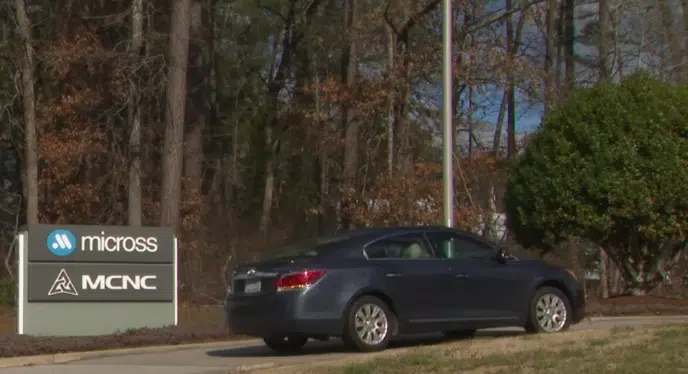Research Triangle Park (RTP), a sprawling 7,000-acre area in Wake and Durham counties known for its emphasis on research and development, is poised for significant changes that could reshape its character. Currently housing over 55,000 workers, RTP has been a major player in the tech and innovation landscape. However, a transformation is underway to shift from a traditional office park model to a more diverse and dynamic environment. The catalyst for this change is the RTP 3.0 initiative, an ambitious plan that involves altering covenants and rezoning to open the door for new types of development within the park.
Established in 1959, RTP has been restricted by covenants that dictated the permissible uses of the land, mainly focusing on research and development facilities. This approach created a vibrant hub for technology and innovation but lacked the inclusivity and mixed-use elements found in more contemporary urban developments. The RTP Foundation, a non-profit organization managing the park, is spearheading the RTP 3.0 vision, which aims to redefine the park’s role in the region for the next 50 years.
The proposed changes include rezoning the land to accommodate residential areas, public restaurants, and various amenities. This departure from the traditional R&D-centric model is a response to the evolving nature of work and a desire to create a more balanced and vibrant community within RTP. One of the significant shifts is the introduction of residential spaces, marking a departure from the park’s historical status as a place of work rather than residence. The idea is not only to attract more workers to the park but also to create a live-work-play environment.
The foundation has already embarked on this transformation with initiatives like The Hub, which aims to establish a downtown area within RTP. The Hub includes the construction of apartments, marking the first time people will be living within the park. Scott Levitan, President and CEO of the RTP Foundation, envisions a significant change, stating, “We’re not talking about 10,000 people living in RTP. We’re talking about 100,000 people living in RTP.” This shift aligns with a broader trend toward denser development to accommodate population growth while minimizing urban sprawl.
RTP’s move toward mixed-use development is seen as a strategic response to changing workplace dynamics, and it aligns with broader trends favoring vibrant, walkable communities. The emphasis on creating a downtown area and introducing residential spaces within RTP is expected to enhance the overall quality of life for workers, fostering a sense of community and collaboration. By encouraging a diverse range of developments, including amenities and public spaces, RTP aims to position itself as a model for sustainable and inclusive innovation hubs.
While these proposed changes represent a departure from RTP’s historical focus, they are seen as a necessary evolution to stay relevant in a rapidly changing economic and social landscape. The foundation plans to seek approval for covenant changes by July, with subsequent rezoning efforts requiring approval from Wake and Durham counties. The success of RTP 3.0 hinges on the collaboration and support of landowners, tenants, and local authorities, with the potential to set a precedent for the development of innovation districts that integrate work, residential living, and recreational spaces.

